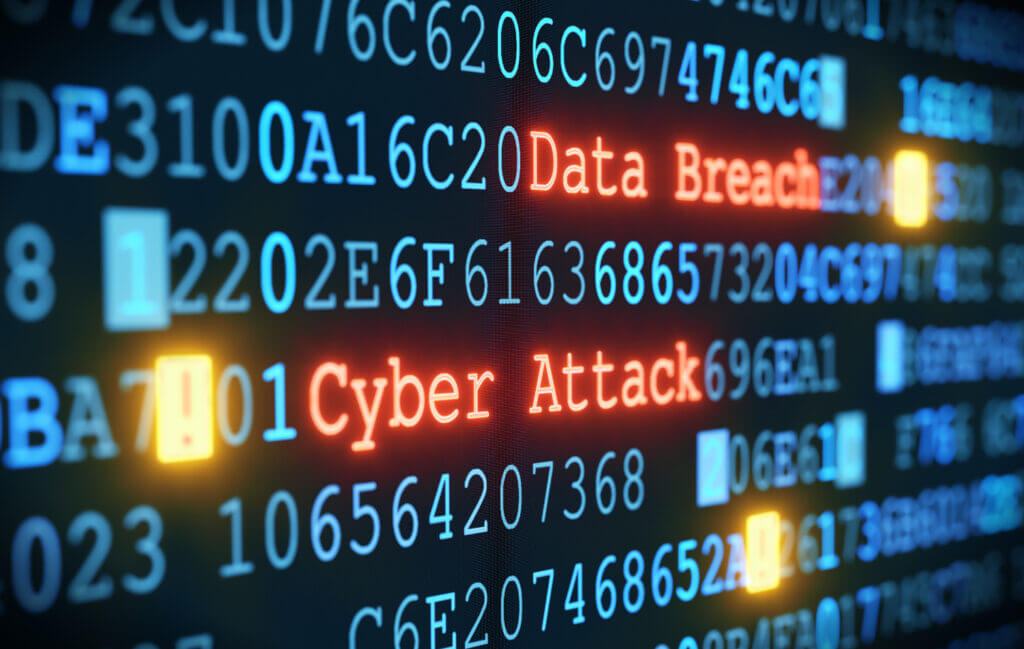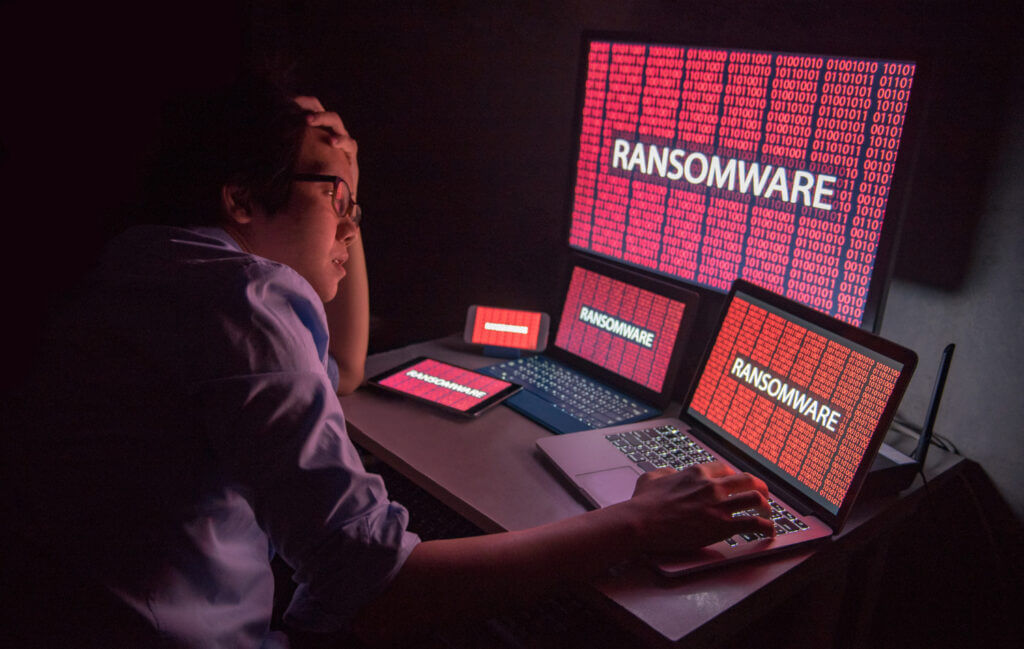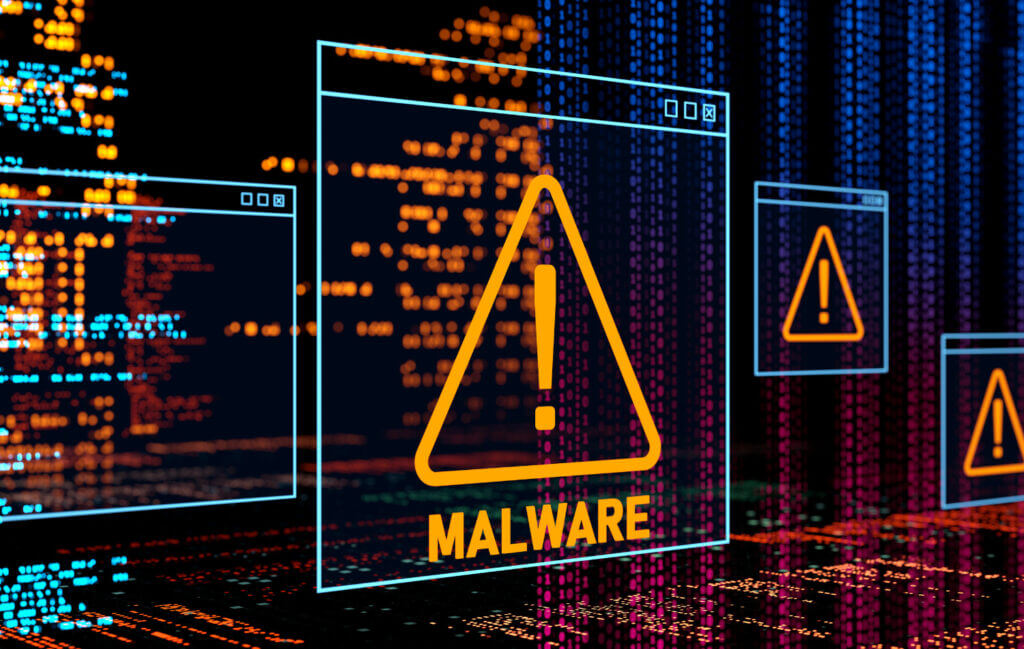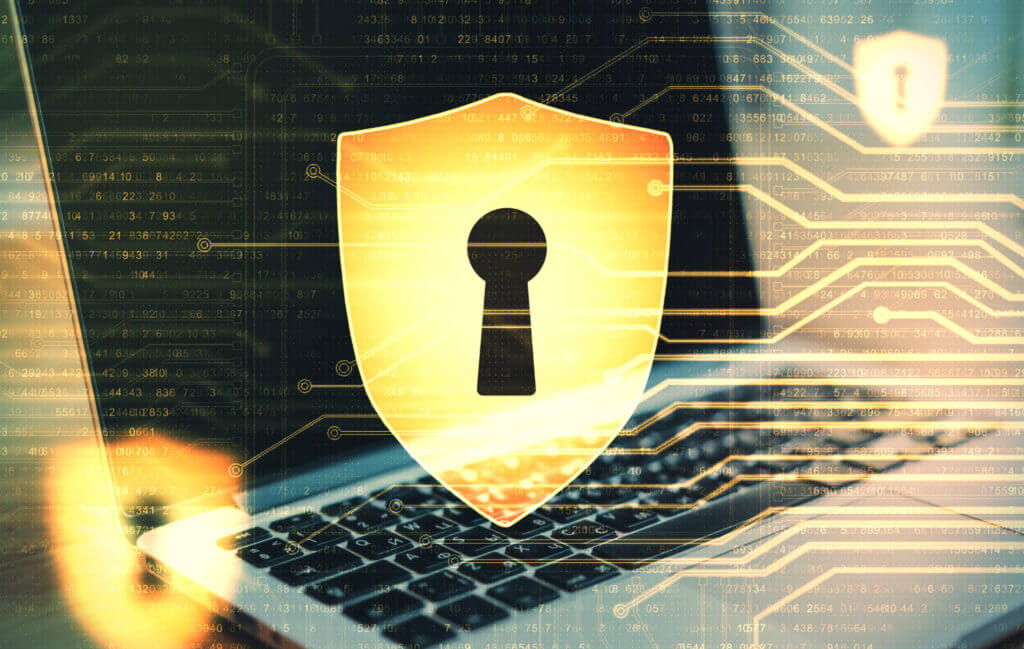Part 1: Introduction
In this era where technology shapes every facet of operations, cyber security has become a prerequisite for all businesses, regardless of size.
While small businesses might perceive themselves as inconspicuous targets in the eyes of cybercriminals, the truth is quite the opposite. Their relatively modest size can render them particularly vulnerable to cyber threats if robust defenses are not in place.
The consequences of cyber breaches can extend beyond immediate financial losses. The erosion of customer trust, legal ramifications, reputational damage, and even potential business closure are just a few potential outcomes.
As digital landscapes continue to evolve, small businesses must grapple with the ever-present threat of cyber attacks and acknowledge that their size does not exempt them from the responsibility of implementing cyber security measures.
In this blog, we aim to underscore the importance of cyber security by delving deeper into the layers of protection required to safeguard sensitive data and preserve the core of your business.

Part 2: What is Cyber Security and why does it matter?
In its essence, cyber security is an “armor” that shields an organization’s digital assets from the relentless onslaught of cyber threats. This multidimensional defense mechanism involves a series of strategies, practices, and technologies engineered to safeguard against unauthorized access, data breaches, and malicious activities that can compromise critical business information.
Whether it’s protecting customer data, financial records, intellectual property, or preserving the integrity of online operations, cyber security is the sentinel that fortifies a business against digital dangers.
The notion of cyber threats can often seem abstract, yet their impact is undeniably real and pervasive. In order to shed light on the tangible nature of these concerns, we will share a notable cyber incident that took place recently – the “MGM Cyber Attack“.
MGM, a global company with over two dozen hotel and casino properties, faced a significant cyberattack on September 11, 2023. Cybercriminals utilized vishing, a form of social engineering, to infiltrate MGM’s systems, causing disruptions in the operation of various systems, including hotel room digital keys, slot machines, and even the company’s website. The hackers were also able to gain access to customer information such as data of birth, contact information and social security numbers.
The Vegas attacks highlight how even large organizations that have stringent cybersecurity defenses in place can be vulnerable if the hacker exploits the right attack vector. It’s crucial to recognize that individuals are the most significant security risk, and the absence of proper training for team members can expose them to cyber threats.

Part 3: Common types of cyber attacks
Cyber attacks come in various forms, each with distinct objectives and methods of exploiting vulnerabilities in digital systems. To effectively protect themselves, businesses must develop a comprehensive understanding of these attack strategies and implement a multi-layered security approach.
- Phishing attacks are a widespread attack where cybercriminals send fraudulent emails, messages, or website links that appear legitimate to deceive recipients into revealing sensitive information like passwords, credit card numbers, or personal data.
- Malware attacks involve attackers planting harmful software, such as viruses, Trojans, and spyware, on a victim’s computer or network with the intention of causing damage, stealing information, or gaining unauthorized access.
- Ransomware attacks are a type of malicious cyber attack where attackers infiltrate a system and encrypt the victim’s files, rendering them inaccessible. The attackers then demand a ransom payment, usually in cryptocurrency, in exchange for decrypting the files and restoring access.
- Password attacks include brute-force attacks where cyber criminals repeatedly try different passwords until the correct one is found to gain unauthorized access to accounts.
- Social Engineering attacks are manipulative tactics that exploit human psychology rather than relying solely on technical vulnerabilities. Cybercriminals deceive individuals into divulging sensitive information, performing certain actions, or compromising security measures. This includes phishing, vishing, pretexting, and baiting.
If you suspect that your business is facing potential compromise or is vulnerable to any of these cyber attacks, it’s imperative to reach out to your managed service provider without delay. If you don’t currently have one, we are here to provide support and mitigate any cybersecurity concerns you may have. Book a consultation here.

Part 4: Why are small businesses the most at risk of cyber-attacks?
It’s a common misconception among small business owners that they’re less likely to be targeted by cyber attacks, leading to a false sense of security. However, it’s crucial to emphasize that small businesses are, in fact, prime targets for cyber threats.
Oftentimes, small businesses have limited budgets when it comes to cybersecurity defenses and can fall victim to cyber-attacks due to vulnerabilities like outdated software and weaker systems. Additionally, a lack of IT resources and employee training can make them unaware of the sophisticated nature of cyber threats, leaving them susceptible to phishing scams and other forms of social engineering.
Cybercriminals target small businesses as gateways to larger organizations within their supply chains. They also leverage ransom attacks, knowing that smaller entities are more likely to opt to pay a ransom to restore access to critical data and reduce operation downtime.
By recognizing these threats and the repercussions of data breaches and security incidents, small businesses can proactively implement robust cybersecurity measures to ensure the protection of their operations and sensitive information, while safeguarding their livelihoods.

Part 5: Essential tools to enhance your Cybersecurity defense
Small businesses can take advantage of various tools and resources to assess and enhance their cybersecurity posture effectively.
- Cybersecurity Self-Assessment Tools
Numerous online tools allow businesses to assess their cybersecurity posture, detecting potential vulnerabilities that may otherwise go unnoticed. One great advantage of these self-assessment tools is their ability to provide actionable recommendations tailored to your business.
Although these tools are available through different online platforms and are designed to be user-friendly, they may still involve technical intricacies that require the support of an IT team for proper implementation.
- Antivirus and Antimalware Software
Antivirus software solutions are designed to protect your systems from known threats such as viruses, malware, and spyware. They scan your computer or network for any suspicious or harmful files, blocking viruses or malware before they can cause damage.
Antimalware software provides a broader scope of protection by detecting and removing a wider range of malicious software beyond just viruses. This includes threats like adware, ransomware, keyloggers, and more. Antimalware software often includes features such as real-time protection, automatic updates, and scheduled system scans to proactively defend against emerging threats.
Because antivirus software only protects against known threats, it is the most basic level of defense and is no longer effective at stopping the majority of threats.
- Endpoint Detection and Response
The new minimum standard to protect devices such as computers or smartphones against threats is Endpoint Detection and Response, or EDR software. Unlike AV software which can only detect known threats, EDR software monitors and stops unusual activity on a device. EDR packages often include a level of human intelligence behind the scenes that are analyzing and responding to security events.
- Multi-Factor Authentication
Multi-Factor Authentication (MFA) adds an extra layer of protection beyond the traditional username and password model. It requires users to provide multiple forms of verification to gain access. For example, when logging into an account with MFA enabled, a user might need to enter their password and then confirm their identity using a code generated on their smartphone.
There are several types of MFA methods including text message verification, smartphone apps that generate time-sensitive codes, biometric authentication like fingerprints or facial recognition, and hardware tokens. The diversity of options allows users to choose the method that best fits their needs and preferences.
Setting up MFA is often straightforward and can be done on various platforms, including email accounts, social media, and online banking, for individuals and businesses alike. Make sure you use a reputable authentication app, regularly update authentication settings, and have backup methods in place to avoid being locked out of accounts.
MFA significantly reduces the likelihood of unauthorized access, even if a password is compromised. This is especially crucial as cyber attacks become increasingly sophisticated.
- Password Managers
A Password Manager is a secure digital vault that stores and organizes all your passwords in one place. You only need to create and remember one master password. This simplifies the login process, and mitigates the common problem of users using weak passwords or writing them down. Password Managers are specifically designed with security in mind and to allow passwords to be shared securely when necessary.
One key feature of a Password Manager is the ability to generate complex, unique passwords for each of your accounts, making them highly secure against brute-force attacks. Password managers also offer features such as auto-filling your login credentials for websites, saving you time and reducing the risk of falling victim to phishing attacks.
Popular Password Managers include LastPass, 1Password, and Bitwarden. They offer both free and paid versions with various features. It’s important to choose a Password Manager that has a strong reputation with strong encryption practices. Beware of phishing attempts that might target your Password Manager credentials. Regularly update your Password Manager and ensure your master password is strong and confidential.
- Backup Plans
Backups are often the last line of defense when a major security event occurs. A good backup plan includes multiple forms of backup, data stored in multiple locations, and regular testing of backups. For more information, read our blog about back up systems and recovery.
- Cyber Security Insurance
With cyber security it isn’t a matter of “if” your business will be hit, but when and how badly. Cyber security insurance is a special policy that businesses can purchase to protect digital assets and cover the costs associated with addressing a cyber attack. Investing in cyber security insurance can help limit the financial impact of such an event. Also, this type of insurance requires a minimum standard of security to be in place in organizations of all sizes.
This requirement serves as a compelling incentive for smaller organizations that might not otherwise prioritize security unless it’s mandated by an external authority.
- Incident Response Plans

An Incident Response Plan (IRP) is a comprehensive strategy designed to guide an organization’s response when a cybersecurity incident occurs, including data breaches, malware infections, denial-of-service attacks, and more.
An IRP involves several key steps; (1) setting up an incident response team and defining the roles and responsibilities of each member, (2) creating procedures to quickly detect the incident and determine the best course of action to eliminate the threat, (3) developing protocols for internal and external communication to maintain transparency and manage reputational damage, (4) restoring affected systems to normal operations, and (5) establishing an updated procedure to prevent similar incidents in the future.
A well-prepared IRP enables a swift response and recovery, minimizing downtime and reducing costs related to data loss and potential legal liabilities. A well-coordinated incident response plan plays a significant role in maintaining customer trust and safeguarding a company’s reputation in the face of cybersecurity incidents.
The safety of your small business should never be underestimated. Taking proactive measures and adhering to best practices can significantly minimize the risk of succumbing to a cyber attack and mitigate the potential impact of such an incident.
Implement a multi-layer security strategy, including robust authentication methods, secure password management, as well as a comprehensive incident response plan.
If you find navigating the realm of cyber security daunting, remember our expert team is here to assist you in selecting and implementing cybersecurity defenses tailored to your business.
Stay ahead of cyber threats. Schedule an appointment today.

